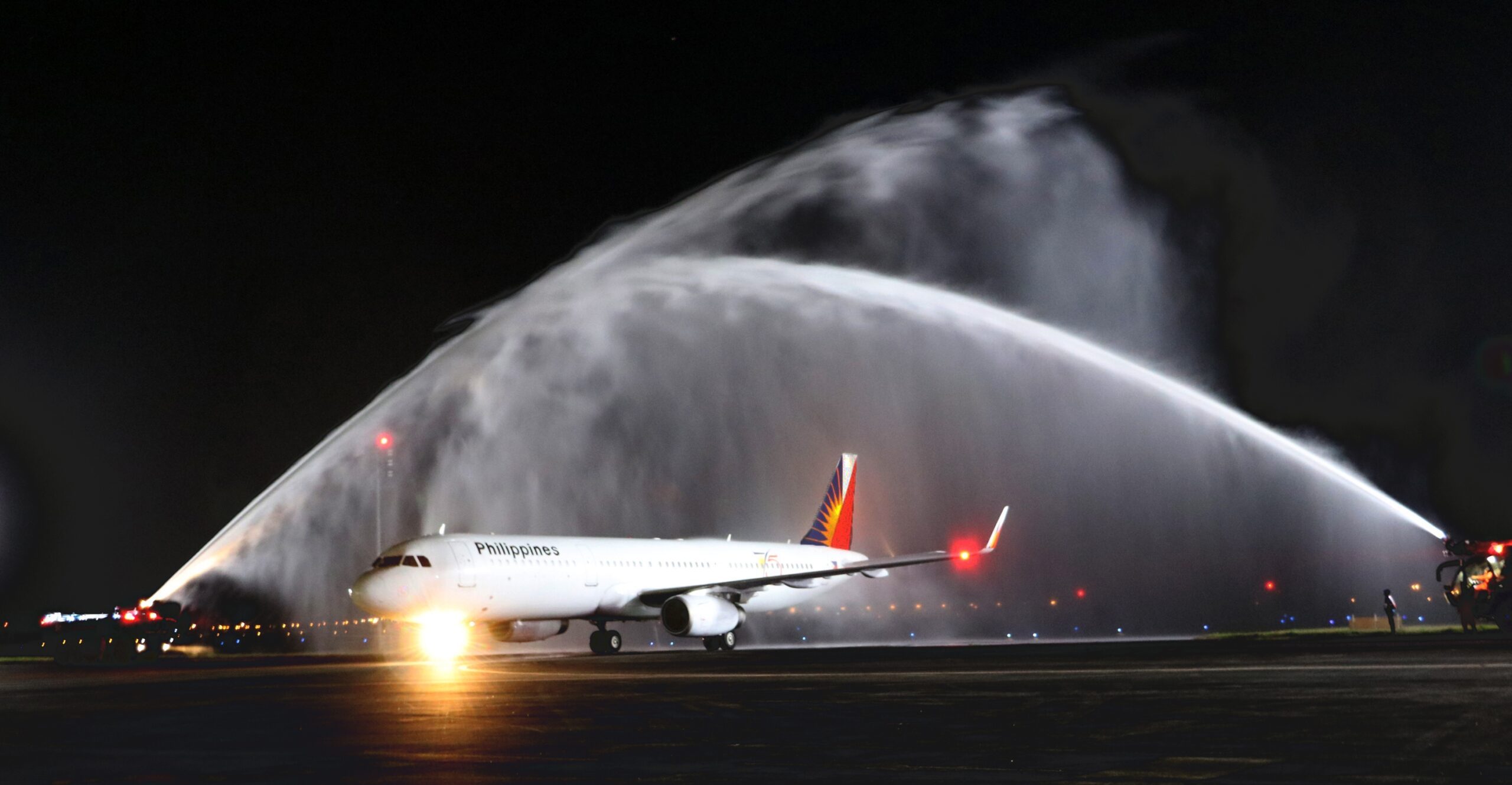SUMMARY
This is AI generated summarization, which may have errors. For context, always refer to the full article.

MANILA, Philippines – Listed Philippine Airlines Incorporated (PAL) remains hopeful that it will be able to join the prestigious circle of 4-star carriers this 2018, as it accelerates efforts in expanding routes, upgrading fleet, and modernizing passenger service.
This is part of its efforts to earn 5-star status as a globally competitive full-service airline in 2020, along with carriers like EVA Air, Garuda Indonesia, and Etihad Airways.
PAL is currently rated as 3-star airline by London-based air transport rating organization Skytrax. This is because of its “quality of its onboard product and service, as well as for the Philippine Airlines’ home-base[d] airport service standards,” it added.
“The flag carrier shifted to high gear on initiatives to raise its rating by airline or airport rating company Skytrax to 4 stars in 2018, and eventually to 5 stars by 2020. The goal is not a quick fix but a multi-year top-to-bottom re-invention of the airline,” the country’s flag carrier said in a statement on Tuesday, January 2.
PAL announced it is maintaining its 3-pronged strategy of fleet upgrades, route expansion and service innovation to achieve the goal.
Back in 2017, 7 airplanes were delivered for the carrier’s expansion plan. These were 5 Bombardier Q400 turboprops for inter-island flights and two additional Boeing 777-300ERs for long-haul routes.
PAL in June unveiled one of its 8 reconfigured, tri-class Airbus A330s, featuring one of the world’s most luxurious cabins in the sky.
PAL’s A330 first flew to Honolulu, followed by Sydney in Melbourne, Tokyo, among other routes.
Fleet upgrade, route expansion
From July to November, 5 dual-class, 86-seater Q400 were delivered. The aircraft’s 1st commercial flight was Cebu-Caticlan route in August.
On December 15, a PAL’s Boeing 777 made the 1st trans-polar flight for a Philippine carrier. It was a 16.5-hour, non-stop flight to Toronto from Manila. The trans-polar flight was preceded by the upgrade of several routes from one-stop to non-stop in 2017: Manila-Doha, Manila-Auckland, Manila-Kuwait and Manila-Jeddah routes.
More aircraft enabled the flag carrier to open new routes out of Cebu, Davao and Clark.
From having no Clark service in 2016, PAL became the 1st largest airline operator at Clark International Airport in 2017, with flights from Clark to Bacolod, Basco, Busuanga, Calbayog, Catarman, Virac, and Cagayan de Oro, among others.
In 2017, PAL also opened 3 new routes from Davao going to Tagbilaran, Cagayan de Oro, and Zamboanga – via the new Q400s.
Ten domestic routes were also opened from Cebu.
Once it achieves its ratings target, the group of mogul Lucio Tan had said it plans to sell up to 40% of the country’s oldest airline to a foreign investor.
PAL had initially targeted to become a 4-star airline last 2017. But 2017 was not a seamless road for PAL, as after it settled a P6-billion payment in October to Department of Transportation (DOTr) for navigational fees and other charges accumulated through the years. – Rappler.com
Add a comment
How does this make you feel?
There are no comments yet. Add your comment to start the conversation.